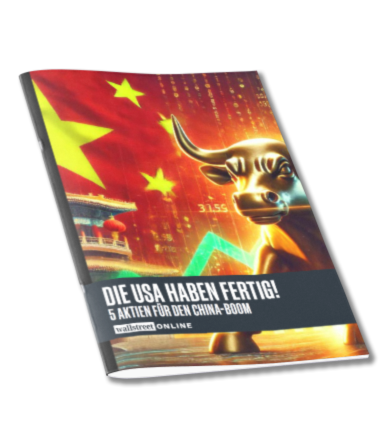
The European Union imported phosphorus fertiliser and phosphate worth close to 1 billion euros from Russia in 2024, making up 25 percent of total imports, an analysis by environmental company Ragn-Sells has found
STOCKHOLM, May 07, 2025 (GLOBE NEWSWIRE) -- According to the analysis, carried out using import data from the Directorate-General for Agriculture and Rural Development, businesses in EU countries bought various types of phosphorus fertiliser and phosphate worth 3.97 billion euros from countries outside the union in 2024. Imports from Russia accounted for 989 million euros, corresponding to 25 percent of the total amount.
"Being so dependent on importing phosphorus to simply produce enough food makes the EU weak and vulnerable. Europe must take back control over its food supply by starting to recover the phosphorus we already have in the sewers. The first step is lifting the outdated ban on phosphorus produced from waste in animal feed," says Pär Larshans, Chief Sustainability Officer at Ragn-Sells Group.
Phosphorus, one of the key nutrients in mineral fertiliser and animal feed, is crucial to farming output across the world. The one active phosphate mine in the EU covers only between 5 and 10 percent of the demand of European farms, making the 27 countries heavily dependent on imports for their ability to produce food. Consequently, phosphorus has been recognised as a so-called critical raw material by the EU for more than a decade.
Russia remains the EU's second most important partner for phosphorus imports in spite of efforts to hamper the Russian war economy, according to the analysis. Fertilisers are exempt from the sanctions in order not to cause food shortage. The top source is Morocco, home to the largest known phosphate reserves in the world, selling more than 1.4 billion euros worth to EU companies in 2024.
Sewage sludge, the solids that remain when water has been removed from sewage at wastewater treatment plants, contains high levels of phosphorus. This phosphorus can be recovered and used as fertiliser on farmland, but is not permitted in animal feed. The ban was introduced in large part to counter the risk of BSE (mad cow disease) spreading through feed, but has been rendered obsolete by modern methods. As the sludge is incinerated, potential pathogens are destroyed before phosphorus is extracted from the ashes.
As a result of this ban, businesses are discouraged from building facilities in Europe to scale up the technology.
"As long as the door remains shut for recycled phosphorus in feed, Europe is effectively killing circular innovation and local investment. By simply revising an outdated annex in its feed regulation the EU can create a green billion-euro industry, close the phosphorus loop and strengthen its independence and competitiveness," says Mr. Larshans.
Among EU countries, Germany has come the farthest in terms of moving from traditionally mined and imported phosphorus to circular sourcing. A law passed in 2017 requires wastewater treatment plants to recover the majority of the phosphorus from sewage. This law goes into effect for the largest plants in 2029, followed by smaller facilities in 2032.
"Germany's foresighted legislation should inspire other countries to follow their lead. But as long as it is illegal to use the phosphorus recovered from German wastewater as feed in the EU it will end up outside of Europe - and boost investment and food security somewhere else," says Mr. Larshans.
For further comment or interviews, please contact Pär Larshans, Chief Sustainability Officer at Ragn-Sells Group. Mr. Larshans can be reached at +46 70 927 29 63 or par.larshans@ragnsells.com.
Press Officer:press@ragnsells.comor +46 10 723 24 00.
Fact box: EU import sources for phopshorus fertiliser and phosphate in 2024 (value in euros)
- Morocco: 1.437 million
- Russia: 989 million
- Israel: 320 million
- Norway: 220 million
- Egypt: 144 million
All data are provided by the European Commission's Directorate-General for Agriculture and Rural Development (DG AGRI).
Categories included in the analysis are Phosphatic fertilisers, Phosphates and Mixed Fertilisers. The latter is a broad category which encompasses several products based on phosphorus, primarily NPK (nitrogen-phosphorus-potassium), DAP (diammonium phosphate), and MAP (monoammonium phosphate).
About Ragn-Sells Group
The environmental company Ragn-Sells converts waste into raw materials that can be used over and over again. Ragn-Sells drives the transition to a circular economy through solutions that reduce its own and other actors' environmental and climate impact.?Ragn-Sells is a family-owned corporate group founded in 1881. The company operates in four countries and employs over 2,700 people.?In 2024, Ragn-Sells' turnover was SEK 8.8 billion.?www.ragnsells.com?

